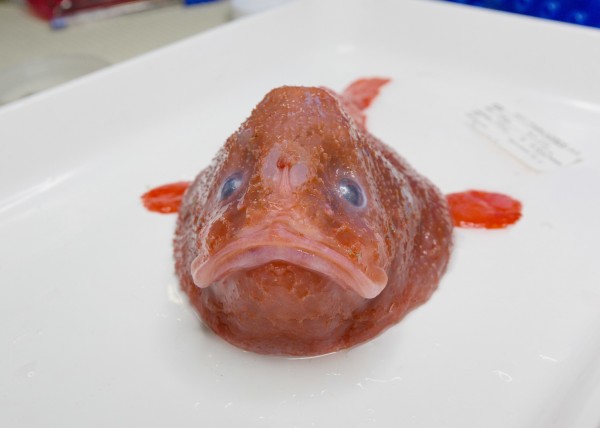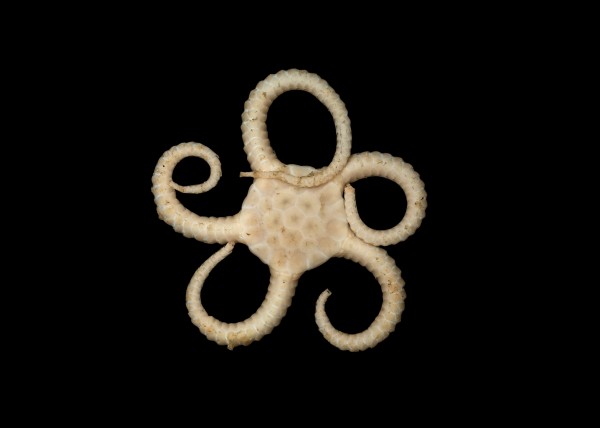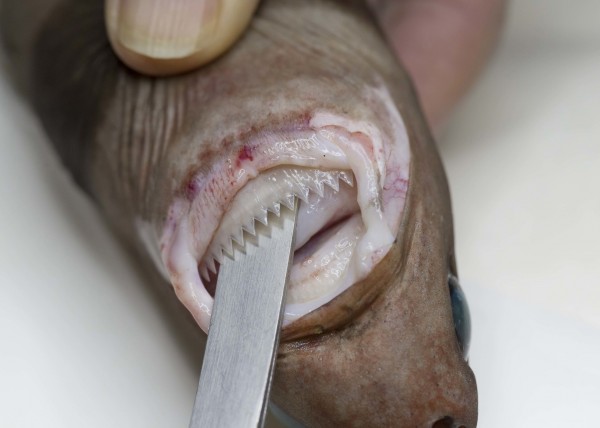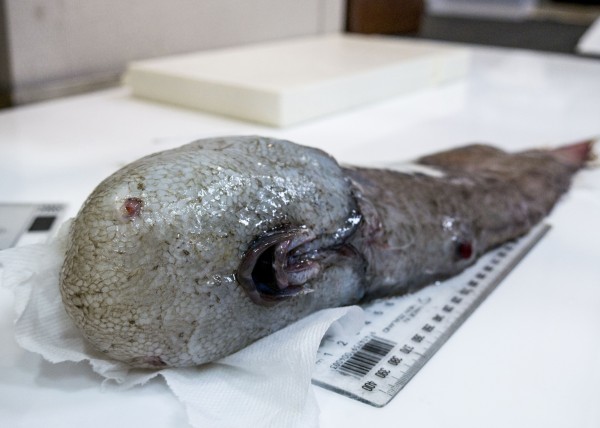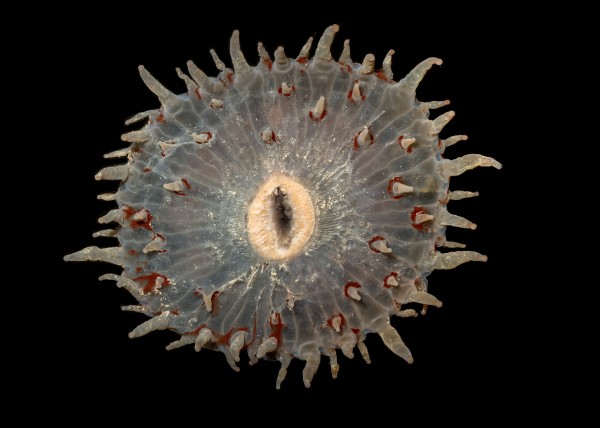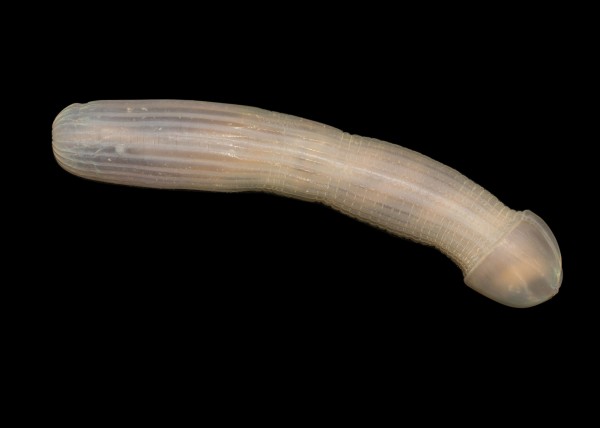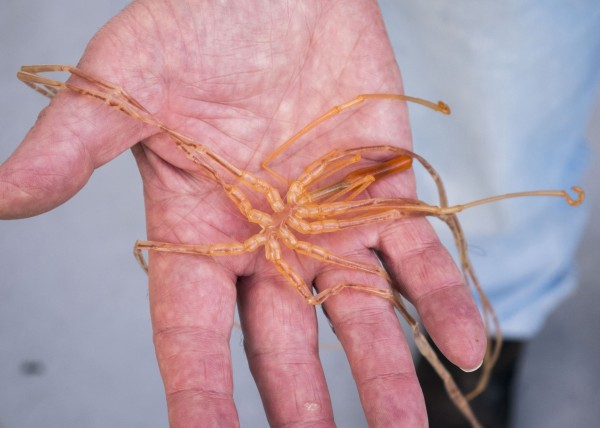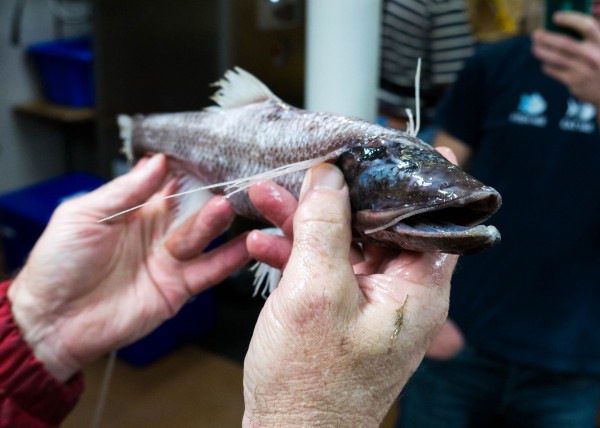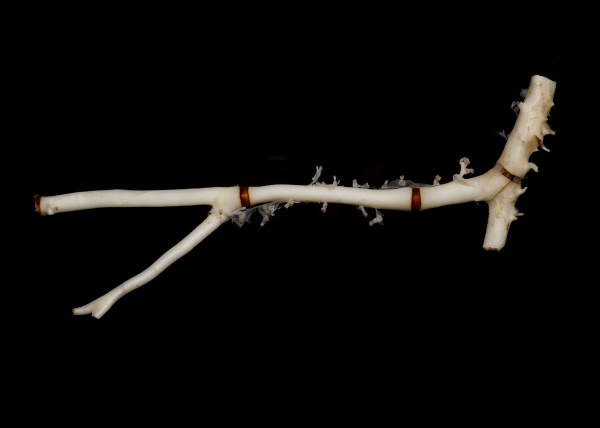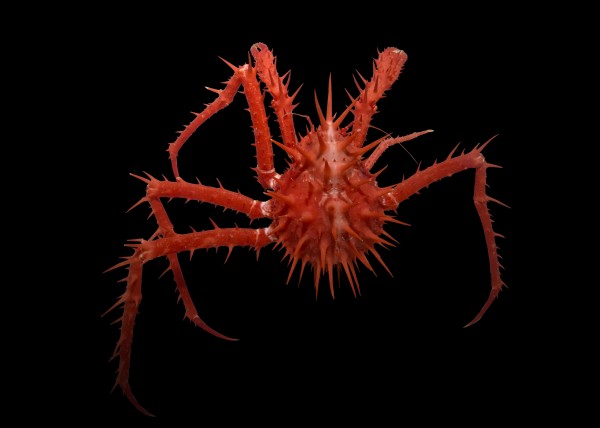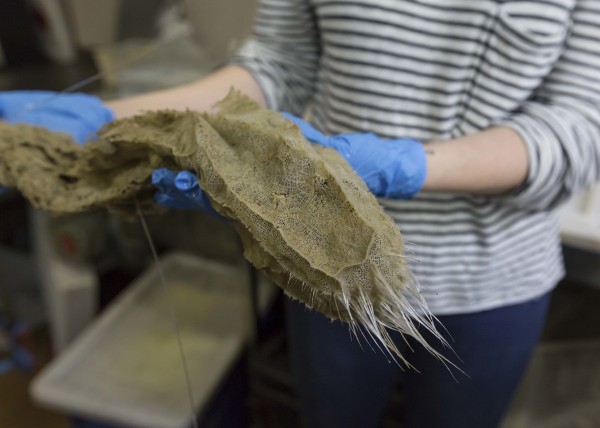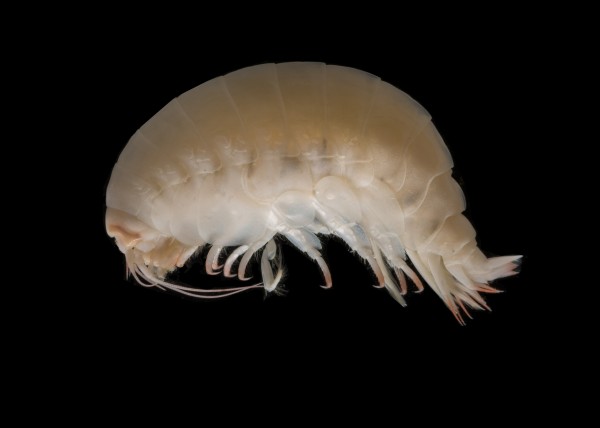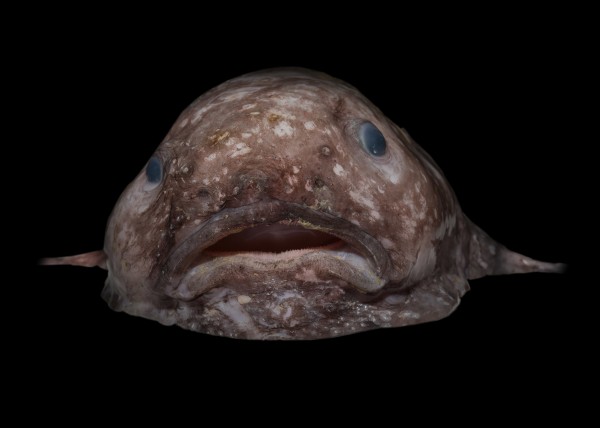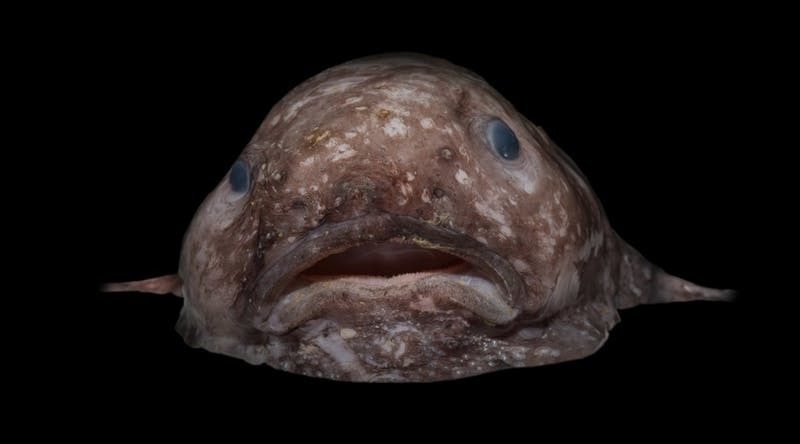
A TEAM of scientists has just completed an expedition across the abyss off the coast of Australia, hauling some strange-looking, nightmarish creatures in the process.
As part of the Sampling the Abyss project, 40 international researchers led by Museums Australia mounted a 31-day expedition within which they amassed a precious cargo of deep sea species discovered in the abyss – a deep, dark environment 4,000 metres below the surface.
Researchers will study these specimens in great detail to understand more about the deep sea creatures and their ecosystem, but here are a few to give you a taster of what lies within the ocean’s abyss.
Coffinfish
What scientists say: This mysterious little deep-sea coffinfish, with its bluish eyes and red feet, belongs to the anglerfish group. It is potentially a new species.
It attracts unsuspecting prey using a fishing rod tipped with a fluffy bait on top of its head. When threatened, coffinfishes often inflate themselves with water to make themselves look more menacing.
Dumbo octopus
What scientists say: Dumbo octopus flap their ear-like fins, just like the Disney character of the same name, except this animal flaps its ears to glide gracefully through the deep, dark abyss.
Brittle star
What scientists say: The brittle star can be found right across the globe from Siberia in the north to Antarctica in the south, yet we know almost nothing about them.
Cookiecutter shark
What scientists say: This nasty little bioluminescent shark, with its neatly arranged serrated teeth, inhabits the oceanic “twilight zone” in depths of up to 1,000 metres.
It preys on big fishes, whales, dolphins and the occasional unfortunate swimmer, latching onto them before gouging out cookie-sized chunks of flesh.
‘Faceless’ fish
What scientists say: With no eyes, the “faceless” fish was found four kilometres below the surface.
The species was first collected in the northern Coral Sea more than 140 years ago during the voyage of HMS Challenger, the world’s first round-the-world oceanographic expedition. It has been rediscovered in Australia after more than a century.
Corallimorph
However, this is a type of coral that lacks the exoskeleton of its more familiar relatives.
Peanut worms
What scientists say: The peanut worm (Sipuncula) is a deep-sea worm resembling a phallus.
When threatened, they can contract their long head inwards and look more like a peanut. They can reproduce both sexually and asexually.
Giant anemone-sucking sea spiders
Simplicity is their motto, being little more than a tube within a tube. Many sea spiders have legs that glow in the dark.
Tripod fish
What scientists say: These iconic abyssal fishes, often called spiderfishes, prop high off the sea floor on their stilt-like fins.
Like all fishes in the spiderfish family, they have very reduced eyes.
To feed, they face into the current, extending their elongated pectoral fins forward and “feel” their prey items drifting by.
Bamboo coral
What scientists say: These delicate deep sea organisms have a calcium carbonate skeleton with joint-like nodes giving them the appearance of bamboo.
They can be incredibly long-lived, with specimens recorded at around 4,000 years old. Just like trees, they have growth rings and can record events in the ocean’s history in their biology.
Red spiny crab
What scientists say: This bright red spiny crab sports an armour of spikes which protect it from the dangers of the deep.
These are not actually true crabs but related more to hermit crabs – although this hermit has traded in its shell for gnarly spikes.
Glass sponge
What scientists say: These incredible glass sponges have a skeleton made of a lattice of silica filaments, some of which can be up to a metre long.
They feed by sifting bacteria and other single-celled organisms from the water gently passing over their delicate glass housing.
Herd of sea pigs

What scientists say: These cute little pink pigs, found in the Freycinet Marine Reserve off Tasmania, are the ocean’s vacuum cleaners, using their tube-like feet to move across the abyssal mud and hoovering up micro-organisms.
They are the only type of sea cucumber with “feet” and can gather in great numbers where food is abundant in the abyssal realm.
Pancake urchin
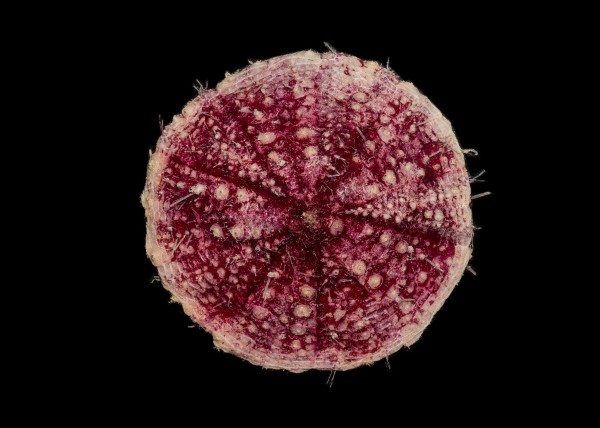
What scientists say: These round discs of concentrated urchin are not actually flat in their natural habitat.
Their buoyant bodies are held up by water pressure in the deep ocean. However, they quickly deflate when brought to the surface.
Flesh-eating crustaceans
Zombie worm
What scientists say: Zombie worms (Osedax) are commonly found in the decaying remains of whales on the ocean floor, burrowing into their bones to reach the sustenance within.
With no functioning mouths, guts or anuses, they have bacteria that digest the grisly remains for them.
Blob fish
What scientists say: This blob fish was collected from a depth of 2.5 kilometres off New South Wales.
It has soft watery flesh and is an ambush predator that lies very still on the bottom, waiting for unsuspecting prey to pass by.

Enjoy the convenience of having The Sunday Post delivered as a digital ePaper straight to your smartphone, tablet or computer.
Subscribe for only £5.49 a month and enjoy all the benefits of the printed paper as a digital replica.
Subscribe